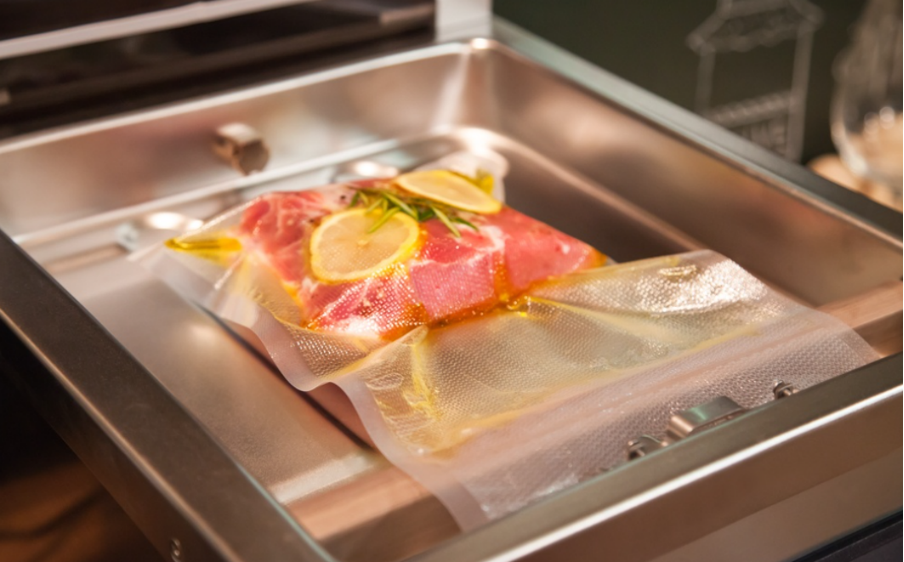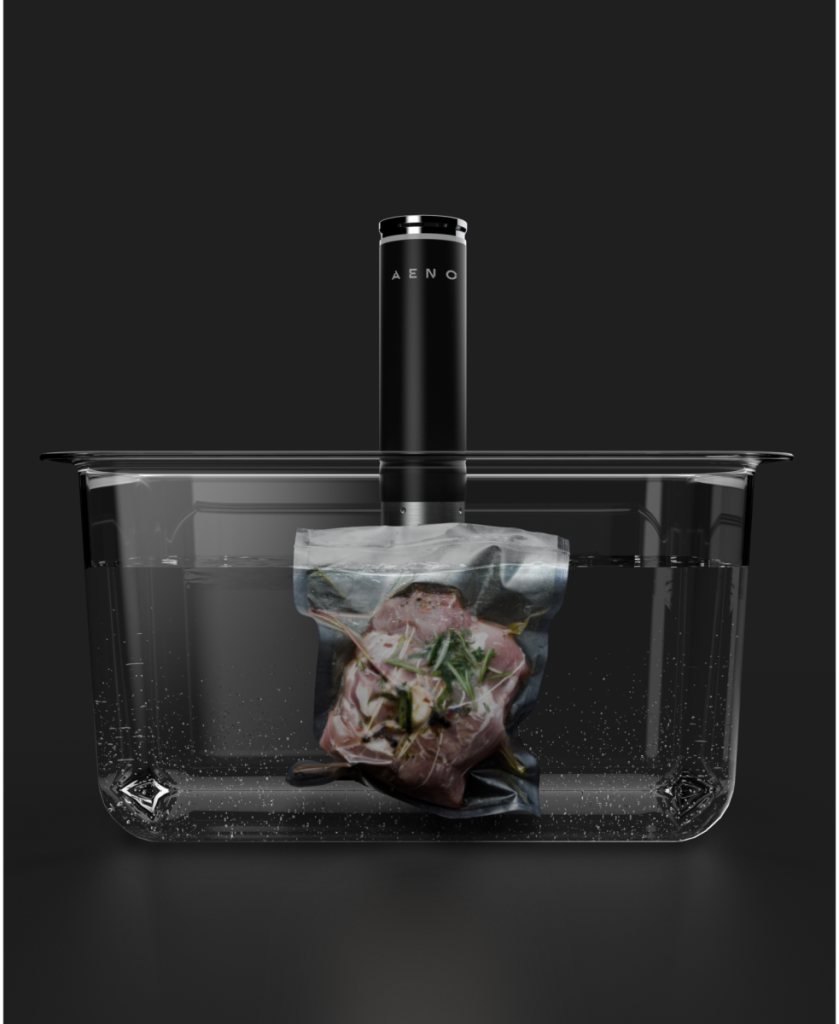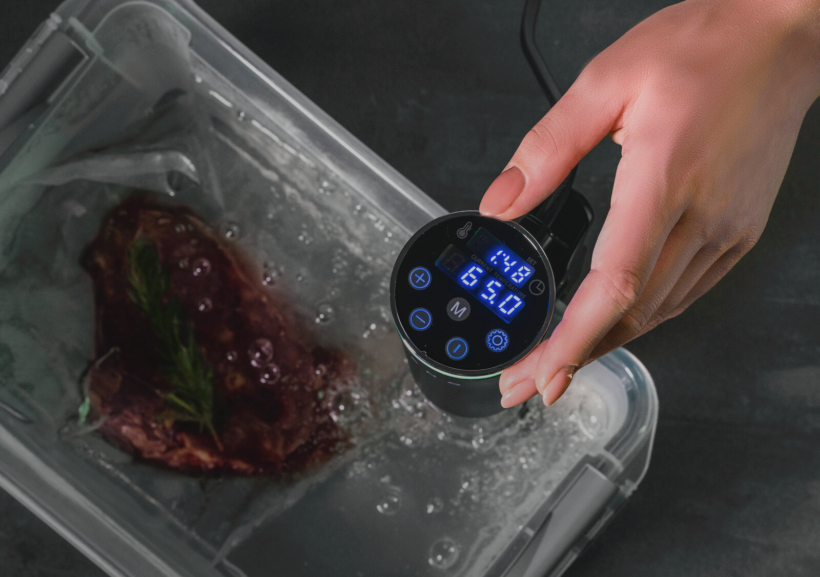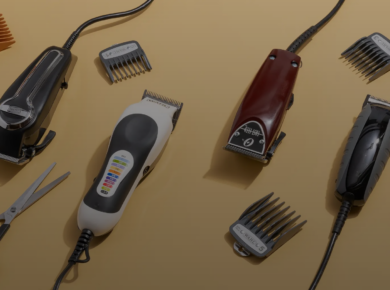Cooking is not just about interesting recipes; it also involves fascinating stories, incredible inventions, and pleasant coincidences. Today, let’s dive into the history of sous vide cooking, exploring what it is, where it came from, and why it’s truly so captivating. Ready for a brief history of sous vide cooking tour?

What Is Sous Vide? Short Sous Vide History
Sous vide, like many other culinary terms, originated in France. Literally translated, it means “under vacuum.” However, it’s not about storing food under vacuum but rather cooking it in a special way. The food is sealed in a vacuum bag and then slowly cooked in a water bath at a precisely controlled temperature.
History of Sous Vide Cooking
Sous vide, the French term meaning “under vacuum,” refers to a cooking technique where food is vacuum-sealed in a bag and then slowly cooked in a water bath at an exact temperature. If you think such wonders are only possible with modern technology, temperature sensors, etc., which is not entirely true. In fact, this cooking method was practiced several hundred years ago.
The modern approach to cooking and the trend toward healthy eating, preserving vitamins, and maintaining the nutritional value of prepared dishes have brought sous vide back into the spotlight.
Where It All Began: The Scientific History of Benjamin Thompson
Benjamin Thompson, better known as Count Rumford, was a physicist who conducted various experiments, and the roots of sous vide can be traced back to his work. In 1799, sous vide emerged from his experiments with heat transfer. He created a machine for drying potatoes and then decided to try cooking meat in it. He placed a lamb leg in the machine for several hours, and when the time was up, he discovered that the meat wasn’t just cooked—it was perfectly tender, evenly cooked, and delicious. This event is considered the invention of sous vide. However, it was just a prototype, as classic sous vide cooking uses a water bath, not warm air.

At the same time, this moment marked the realization that such cooking methods made fibers in certain ingredients (like meat, steak, tough vegetables rich in fiber, etc.) soft and tender, while the dish retained its juiciness. As a result, chefs began paying attention to low-temperature, slow cooking. However, for a long time, the use of this technology wasn’t mainstream. Everything changed in the 1960s.
The Invention of Vacuum Sealing
In the 1960s, vacuum packaging was invented. French and American scientists aimed to develop an effective way of sealing food for industrial purposes to extend its shelf life. Colonel Ambrose McGuckian played a significant role in promoting this method in the culinary industry, especially in improving hospital food quality. His name is often mentioned in discussions about the history of sous vide cooking.
Gradually, chefs and scientists developed the idea of sealing food in plastic packaging and then cooking it at precise temperatures, sterilizing and pasteurizing it. For a while, this remained limited to industrial food production (cryopackaging), focusing on extending the shelf life of products rather than enhancing flavor. Improving the taste turned out to be a beneficial side effect. The products not only maintained their texture but also became tastier through this sterilization process.
Sous Vide in Culinary Recognition
In 1974, sous vide stepped into the culinary world. Frenchman Georges Pralus introduced the method while working at the Troisgros restaurant in Roanne, France. The French method of cooking was revived in France in a new form, though there were still commercial aims. Foie gras, when traditionally cooked, lost up to 50% of its weight and sometimes was overcooked. This affected both the taste and the restaurant’s profits.
Pralus suggested cooking foie gras by sealing it in plastic and thermally treating it in a water bath at an exact temperature. The results impressed even the restaurant’s head chef. Foie gras lost only 5% of its weight during cooking, and most of its fat was preserved. Later, Pralus practiced this at the restaurant where he discovered it and taught the fundamentals of sous vide cooking at his Culinary Innovations school.
The Rise of Sous Vide Popularity
Bruno Goussault also significantly contributed to the popularization of sous vide. An engineer, economist, and chef, Goussault started exploring the method as soon as it gained popularity in the 1970s. His task was challenging: to provide quality meals for passengers on the French railway. He used sous vide for industrial purposes. With the help of another chef, Joël Robuchon, they developed precise guidelines for the time and temperature required for each dish. This allowed chefs to consistently follow the same method and achieve predictable results.

Sous Vide in Modern High-end Cuisine
By the 2000s, sous vide cooking became popular in the U.S. Many chefs started testing it in their kitchens. Eventually, the eGullet forum and similar platforms emerged. Here, chefs began discussing recipes, sharing experiences, and searching for the optimal time and temperature for different dishes.
Then came the book by Spanish chef Joan Roca, who compiled his experience with the method and shared it with colleagues. A year later, in 2006, the method was showcased on the culinary show Iron Chef America. From that moment, it returned to its origins — home kitchens.
However, equipment with sensors and thermostats remained expensive for a long time until more affordable devices from Sous Vide Supreme emerged. The brand’s circulatory pumps soon faced competition from other companies such as Nomiku and ChefSteps. Every year, the cost of circulatory pumps decreases, making the products technologically advanced and accessible to a wide range of consumers.
So, if you’ve been considering trying sous vide cooking, it’s now entirely possible and quite affordable. For example, sous vide circulatory pumps from AENO are deservedly considered the tools offering professional cooking with this technology, ensuring the perfect taste and texture of your dishes!
Want to BUY this product?
Check out retailer list for your country.




